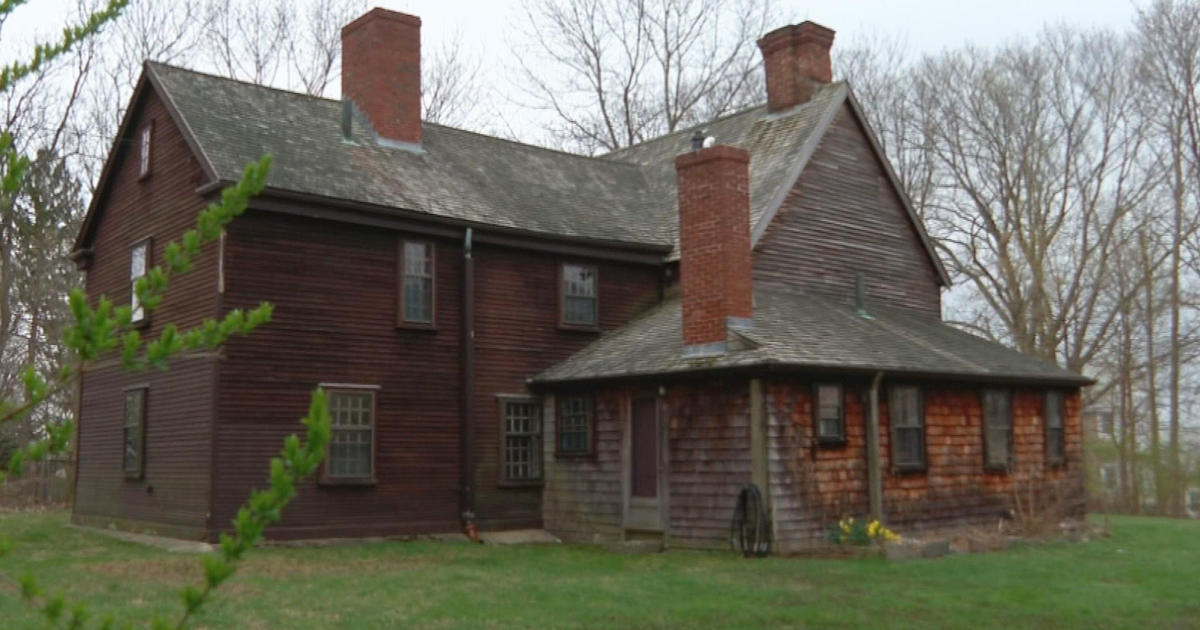Looking Back At The Great Hurricane Of 1938
BOSTON (CBS) - This weekend marks the 75th anniversary of one of the most destructive and powerful storms to ever strike New England. It's been called a lot of names: The Great New England Hurricane of 1938, Yankee Clipper, Long Island Express, or simply The Great Hurricane of 1938.
It was a storm which accelerated up the east coast, and made landfall on Long Island as a Category 3 Hurricane on September 21st, 1938. It came with the destructive power of a storm surge which was felt along the entire south coast from Connecticut, to Narragansett & Buzzards Bay leaving thousands of homes and buildings submerged underwater or completely destroyed. 75 years later, it remains the most powerful and deadliest hurricane in recent New England history.
"It was entirely unexpected…it came as a shock and came suddenly," remembers Jerry Joyce.
At Fuller Village in Milton, the memories are still fresh on the minds of those who weathered this historic storm 75 years ago. "It left such a terrible impression it was very frightening to see that sort of force," Says Dorothy May.
The Hurricane force winds swept across the landscape snapping trees like toothpicks with peak gusts recorded at the Blue Hill Weather Observatory. During that time, sustained winds of 121 mph blew for five minutes, with had a peak gust of 186 mph. This mighty wind blew over billions of trees across the region. Over 35% of New England's total forest area was affected. In all, it is estimate over 2.7 billion trees fell because of the storm.
Rhode Island was hit very hard from the storm. The storm surge hit Westerly at 3:50 pm, resulting in 100 deaths there alone. The tide was even higher than usual because of the Autumnal Equinox and full moon. The hurricane produced storm tides of 14 to 18 feet across most of the Long Island and Connecticut coast, with 18 to 25-foot tides from New London east to Cape Cod. The storm surge was especially violent along the Rhode Island shore, sweeping hundreds of summer cottages out to sea. Many coastal homes, marinas, and yacht clubs were left in ruins. As the surge drove northward through Narragansett Bay, it was restricted by the Bay's funnel shape and rose to 15.8 feet above normal spring tides, resulting in more than 13 feet (4.0 m) of water in some areas of downtown Providence.
10-17" of rain fell from the storm across the Connecticut River Valley with historic freshwater inland flooding. The hurricane was responsible for 564 deaths and at least 1,700 injuries in Southern New England. Damage to the fishing fleets in Southern New England was catastrophic. A total of 2,605 vessels were destroyed, with 3,369 damaged.
Karen Clark assesses the risk of disasters and their potential cost. She says, "There is a lot more at risk, and the damage and devastation will be like nothing else we have ever seen before. If we add up all the economic losses including flooding, business interruption, and infrastructure we are going to see damages and financial loss well over 100 billion dollars. If a storm similar to '38 were to ever happen again, it would cause destruction and damage greater than Hurricane Katrina."



